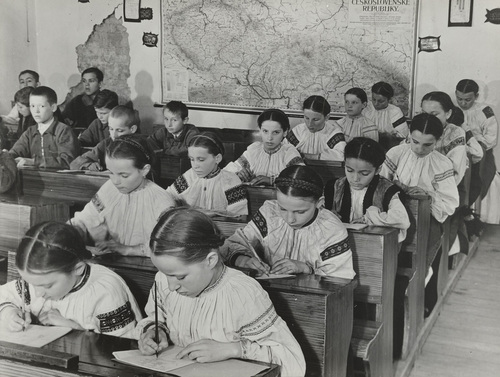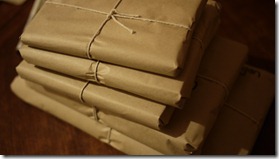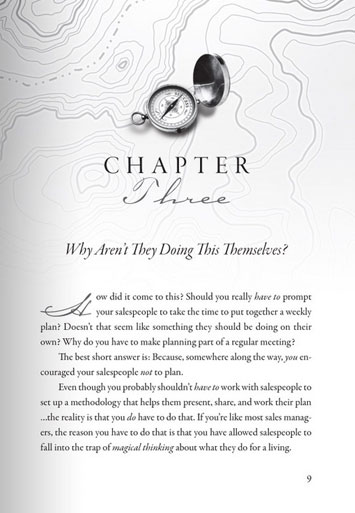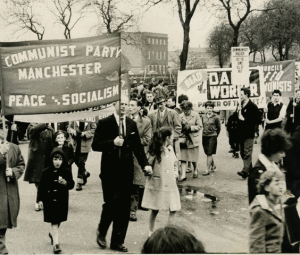I've been thinking about the design and layout of my book, and whilst mulling over things like where to put the biography, (front or back in the e-book?) and which side of the page the recommended reading list should go and so forth, I came upon a book which told me about the design of maps. (More about that book later.)
I was immediately taken with the London Underground Map, and reading about it made me realise that good design (in maps and in books) is more about functionality than attractiveness.
The first London Underground Map was groundbreaking because it did away with the ideas of scale, and showing features that might be above the ground, because they were unnecessary and invisible to the travellers. Instead he just evened out the stops to make them fit on the circuits or lines, and kept only the essentials, ie the actual stations. The only feature remaining is the river Thames which gives a pleasing aesthetic appearance and shows whether you are north or south of the river.
And I say 'circuits' with inside knowledge bnecause the map was designed by an electrician.Harry Beck who designed it worked as an electrical draughtsman the Engineers department of London Trasport, and applied his knowledge of circuitry to design this map in 1933.
Now it is an icon and has changed little since then.
He was paid ten guineas for it - a guinea was one pound and one shilling - surely the bargain of the century!
 |
| Harry Beck's Design |

On his map above there are some ghost stations though, such as The British Museum station, Dover Road, and more recently Aldwych station, which closed in 1994. This station is still used though - not for trains, but for TV companies needing to film inside a tube station.
And it occurred to me that designing an ebook is like designing this map - you have to think about what is really necessary and junk the rest.
So what groundbreaking thing will I have in my design? Well, it seems to me that nowhere in any ebook, once it arrives on my kindle, is there a trace of the blurb which originally enticed me to buy the book. Which is pretty annoying as I can't always just remember what attracted me from its title alone.The back cover blurb would be really useful.
So I shall probably try to have that in there somewhere - only question is, where? Front, so it is the first thing you see when you are looking for something to read? Or back, where it would go in a tradirtional paperback? What do you think?
And now - the book from which I gleaned this information about the tube map - 'Maps that Made History' by Lez Smart. Subtitled
The influential, the eccentric and the sublime, this is a wonderful book which includes such catographic gems as the spa holiday resoprts in the Roman Empire, the location of Eldorado, and a map of the Battle of Culloden. Lots of maps and pictures and quirky information which I am sure would delight the QI elves.






























